Sealife guideThe California spiny lobsterPanulirus interruptus
Last updated on 03/07/2025 at 11:54 PM
Taxonomy
- Common name: California spiny lobster, red lobster
- French name: Langouste mexicaine, langouste de Californie
- Scientific name: Panulirus interruptus (Randall, 1840)
- Family name: Panuliridae
- Order name: Decapoda
- Class name: The crustaceans [Malacostraca]
Description
The California spiny lobster has an elongated body and a hard exoskeleton, usually brown in color with yellow or orange patterns. It is distinguished by its long, spiny antennae which play a crucial role in its movement and in detecting surrounding objects.
Geographic range
The California spiny lobster inhabits the temperate waters along the eastern coast of the Pacific ocean, particularly those of California and the Gulf of California. It is also found around the islands of Baja California and the Sea of Cortez.
Habitat
The California spiny lobster is primarily found on rocky bottoms and coral reefs between 16 and 213 feet deep, where it can hide in crevices or caves to protect itself from predators.
Diet
The California lobster feeds on benthic invertebrates and
mollusks.
Unlike lobsters, they do not have claws, which makes them more vulnerable to predators.
Reproduction
The reproduction of the California spiny lobster is sexual, with a breeding season typically extending from spring to fall. Females carry their eggs under their abdomen until they hatch. The young larvae go through several developmental stages before settling on the seafloor and metamorphosing into adults.
Did you know ?
The California lobster is of great importance to commercial fishing, particularly in California, where it is a major food resource. The fishing of California lobsters is strictly regulated to ensure the sustainability of the population, with limited fishing seasons, especially to avoid reproduction periods and minimum capture sizes to preserve the development of young lobster generations.
Within the same genus
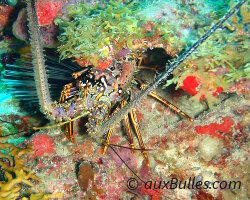
Caribbean spiny lobster
(Panulirus argus)

Japanese crayfish
(Panulirus japonicus)
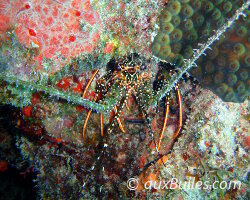
Spotted spiny lobster
(Panulirus guttatus)
Within the same family
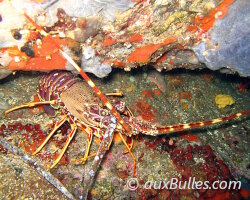
European spiny lobster
(Palinurus elephas)
Discover also
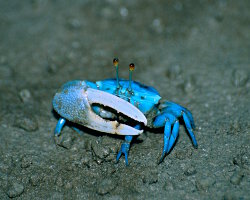
Blue fiddler crab
(Uca tetragonon)

Blue swimmer crab
(Portunus pelagicus)
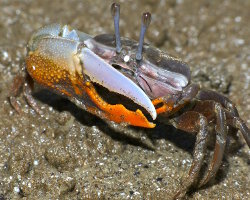
Calling fiddler crab
(Uca vocans)
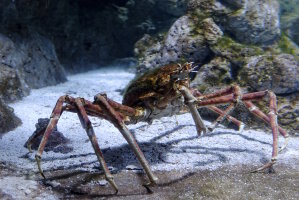
Giant spider crab
(Macrocheira kaempferi)

Red hermit crab
(Dardanus calidus)

Sculptured slipper lobster
(Parribacus antarcticus)

Urchin carrier crab
(Dorippe frascone)
The marine species from eastern Pacific ocean
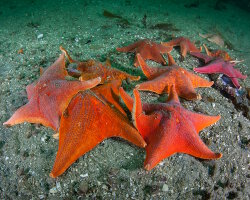
Bat sea star
(Patiria miniata)
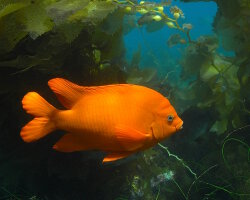
Garibaldi
(Hypsypops rubicundus)
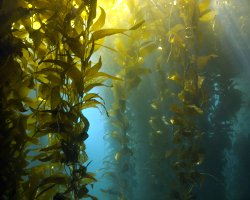
Giant kelp
(Macrocystis pyrifera)
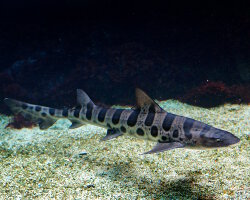
Leopard shark
(Triakis semifasciata)
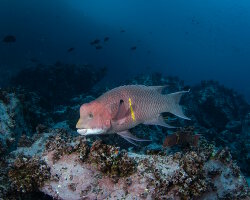
Mexican hogfish
(Bodianus diplotaenia)
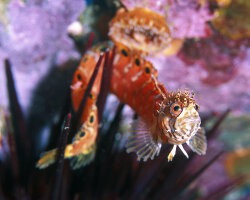
Mosshead warbonnet
(Chirolophis nugator)
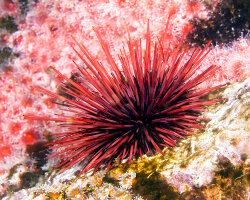
Red sea urchin
(Mesocentrotus franciscanus)
Our latestUpdates
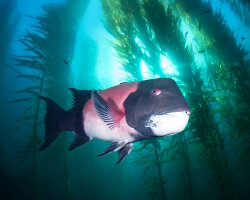
Thursday, October 2nd 2025
The California sheephead
Discover the California sheephead, a colorful fish of the eastern Pacific. Learn about its appearance, diet, habitat in kelp forests, unique sex-changing ability and role in marine ecosystems.

Monday, September 29th 2025
The banded guitarfish
Discover the banded guitarfish, a benthic eastern Pacific species with unique camouflage, living on sandy and rocky bottoms.
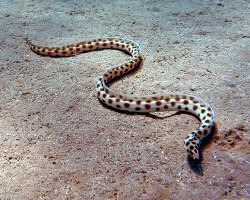
Thursday, September 25th 2025
The tiger snake eel
Explore the tiger snake eel (Myrichthys maculosus), featuring a creamy to pale yellow body dotted with black spots, and learn about its habitat, behavior and role in coral reef ecosystems.
Photo of the Day

Salmacine
(Filograna implexa)
























